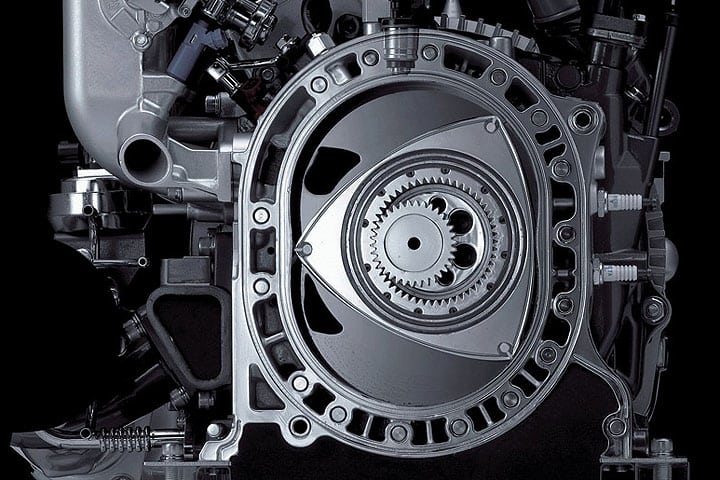Your car’s brakes are its primary safety component, so if anything is even remotely wrong, you’ll want to fix it immediately. The trouble is, sometimes brake issues aren’t all that cut-and-dried.
Take an anonymous user in our forums who posted brake pressure loss in his 1978 GMC Vandura. Old or new, issues like his are possible and will happen. Knowing how to quickly diagnose a brake problem so you can fix it helps.
Step 1 – Leak or Bad Components?
The first and easiest step is to determine if your brake loss is likely caused by a leak or bad component. Begin by opening the hood and looking at the reservoir for the brake master cylinder, which is usually located on the driver’s side firewall of the engine, ahead of the booster.
If fluid levels are low, you likely have a leak. If not, you may have a bad master cylinder.
Step 2 – Leaks
If you likely have a leak, the next part is easy, but tedious. It will be far easier if you can put the vehicle on a lift. Otherwise, get ready to do a lot of crawling around.
Trace the brake lines from the master cylinder to each wheel. Look for possible leaks – fluid running, dripping, or that looks “caked” onto something near the brake lines. Any leak is bad when it comes to brakes, so be thorough. Pay special attention to the connections at the wheels and have a look at the pads and shoes while you’re there.
Again, any leak at all is no good and must be repaired immediately.
Step 3 – Bad Components
Begin with the easy ones before tearing into the master cylinder. Look at all four wheels and the brake pads/shoes on them. Are any of them low? Are the calipers/drums adjusted correctly? Don’t forget the e-brake; it’s probably not part of your issue, but as long as you’re poking around, it’s worth a quick check.
Assuming you have not changed anything on your vehicle (engine size, brake types, etc) then you’ll need to test the power booster and/or master cylinder. Normally, the power booster sits against the firewall and the master cylinder juts out from its center.
The booster is easiest, so begin there. Start the engine and run the vehicle for a moment. Then press the pedal in completely. Keeping the brake pedal pressed down, turn off the engine. Hold it for about 30 seconds more. If the pedal does not sink to the floor (collapse), the booster is airtight and probably not your issue. Now reverse the process to test again. With the engine off, pump the brake pedal a few times until it feels like its very hard to push (has pressure). Holding the pedal down, start the engine. The pedal should noticeably drop within a second of engine start. This indicates that vacuum is building in the booster, thus showing that it’s airtight.
If either or both tests indicate a possible issue, find the vacuum hose off the check valve on the booster and trace it to the manifold. Disconnect it there and apply pressure to the brake pedal. There should be no air flow when the pedal is pressed, but it should have suction when it’s let loose. If it free-flows air, you may have a bad check valve or booster.
Testing the master cylinder requires that you remove it from the vehicle and perform a bench bleed. This is a complicated test that requires some knowledge of your vehicle’s braking system.







